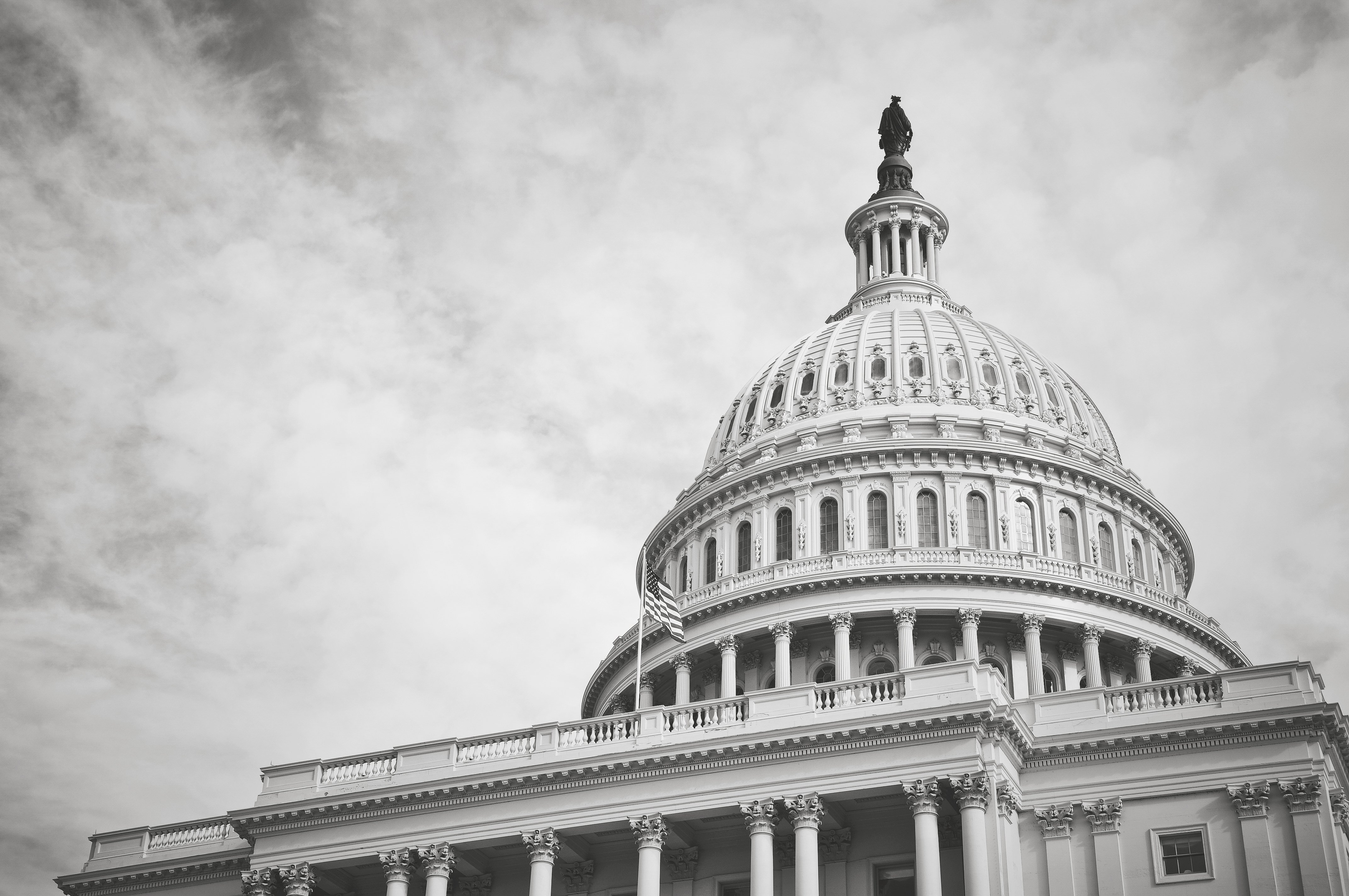Serving Out of State Patients? The 2023 Post-Pandemic, Post-PHE Update

Now that the dust is settling as we get accustomed to our post-pandemic world, those in the telemedicine world and organizations thinking about providing remote second opinions are still seeking clarity on what remote programs are possible. Has anything changed? Or, are we back to where we started before the pandemic?
Last week, on February 9, 2023, the Department of Health and Human Services (HHS), finally announced the end the declaration of Public Health Emergency (PHE), initially declared in 2020 in response to the Covid-19 Pandemic, with the ‘wind down’ completion set for May 11, 2023. Although this announcement has been a long time coming, and many organizations have been anticipating changes, there has been confusion over the ending of temporary enablement of the delivery of remote services across state lines. Some may mistakenly believe that the end of the PHE removes the ability to provide patients access from anywhere, but that is not necessarily true. A few pre-existing programs, such as Purview’s Expert View™ remote second opinion platform, were implemented prior to the pandemic and were not designed to function only within temporary PHE policy. Thus, Purview’s programs remain unaffected, but other programs may suffer a different fate . The PHE provided the required flexibility to help us endure the pandemic, while also demonstrating what is possible for reimbursement, adoption, and even licensure. But the wind down will undo much of that flexibility, putting many other existing programs at risk.
Most states anticipated the demise of PHE and have already completed their wind down. State exemptions for out of state providers have mostly vanished, leaving a set of laws and regulations that look more like the pandemic never occurred. New policy may still result, but as of today none has really moved the needle on telehealth or remote consults. Questions continue to surround cross-state licensure.
The 2023 Answer: It’s (still) Complicated
As of 2023, state law still controls. Providers in the United States are licensed by a specific state or territory - not on a federal level. Post pandemic, we’ve seen a bit of movement by federal government agencies to transcend these restrictions as well as self help by a growing number of states to join together and make the interstate practice of medicine a bit less problematic.
Even with the majority of states rolling back their temporary pandemic measures, several have enabled neighboring state’s physician’s reciprocity. Some permit providers to continue to serve a patient with whom they had a prior in-person relationship, even though they have returned to a different state. Many allow, via either tacit or active legislation, providers to consult with a provider in another state about an out of state patient. According to this widely-held interpretation of the law, the out of state patient is receiving medical advice from his or her local doctor during this doctor-to-doctor consult. Today, many providers and hospitals rely on this exception to deliver out-of-state telehealth consults.
There is also an initiative underway to make the multi-state licensing process easier for providers who want to serve patients outside of their state. The Interstate Medical Licensure Compact (IMLC) is an agreement already adopted by 37 states, the District of Columbia, and Guam that gives providers who want to practice in multiple jurisdictions a streamlined pathway to expanding their licensure.
The IMLC, “makes it possible to extend the reach of physicians, improve access to medical specialists, and leverage the use of new technologies, such as telemedicine.” Physicians who live in these states can qualify to practice medicine across state lines as long as they meet the Compact’s eligibility requirements. After joining the compact (and paying the requisite fee in each state they select), providers and hospitals can provide remote consults and second opinions to patients who live in participating states and territories as fully licensed providers.
One promising development comes from the Uniform Law Commission (ULC), a non-profit comprised of state commissioners, working to enable uniformity across state legislation for appropriate circumstances. The ULC creates the framework and proposes that all states allow physicians who are already licensed in their home state, to be able to obtain what can be described as a ‘reciprocal license’ to practice in other states. Full parameters and details can be found within the Uniform Telehealth Act. For providers looking to offer specialty second opinions to patients outside of their state, the Act potentially creates protected exemptions from registration for (1) physician to physician consults, (2) for continuing care for a previously established practitioner-patient relationship and (3) for services specific to a specialty assessment, diagnosis or recommendation of treatment. Effectively, when enacted, this language provides a safe harbor for specialty physicians to consult directly with patients in any state that has adopted this Act.
What’s Possible with Federal Legislation?
While there are constitutional impediments to federal law interfering states’ right to regulate the practice of medicine, several paths provide some encouraging options.
The Veterans Health Administration (VA) is the United States’ largest integrated health system, which serves more than 9 million Veterans and encompasses nearly 1,300 health care facilities, including more than 170 VA Medical Centers and more than 1,110 outpatient sites. Currently, the VA uses the power granted to it by Congress to empower healthcare providers to deliver care via telehealth to veterans across state lines using a federal preemption to override state medical licensing restrictions.
In the future, we may see other similarly empowered federal agencies like the Centers for Medicare and Medicaid use its powers in similar ways. Medicaid Services impacts a population of some 19 percent of adults in the United States while Medicare affects another 18 percent of adults. The Medicare number is projected to grow as our population ages.
Theoretically, these agencies could use the same federal preemption to expand the legality of interstate telehealth consults for Medicare and Medicaid recipients. You might also see this same formula applied by The Department of Justice’s Bureau of Federal Prisons affecting another 151,000 federal inmates. Together these agencies impact more than half the total US adult population.
In January of 2023, CMS issued a very encouraging clarification on policy for coverage and payment of interprofessional consultations, also known as e-consults or asynchronous consults. According to the January letter from CMS, these interprofessional consults are defined as:
‘A situation in which the patient’s treating physician or other qualified health care practitioner requests the opinion and/ or treatment advice of a physician or other qualified health care practitioner with specific specialty expertise to assist the treating practitioner with the patient’s care without patient face-to-face contact with the consulting practitioner.’
The Center for Connected Health Policy (CCHP) describes this clarification as: ‘opening the door for states to reimburse interprofessional consultations and provides them flexibility to develop their own methodology to do so. This is a significant reversal from previous CMS policy on the issue of interprofessional consultations.’
Recommendations
The future of interstate telehealth is still evolving, but one thing is certain: Remote medical care isn’t going away as the pandemic thankfully wanes. Patients are embracing the ease, convenience, and access of telemedicine, with more than one-third of consumers reporting that they were willing to receive care virtually for both the initial and ongoing assessment of a condition. Still, more than three years post the start of the pandemic, the legislative landscape has not caught up to technology and patient demand.
Hospitals have differing opinions and legal strategies on this issue. Some are delaying the adoption of telehealth until the law becomes clear, while others have moved forward to provide virtual care by taking advantage of specific legislative provisions, exceptions and interstate compacts.
Wherever you fall along this spectrum, don’t wait and be left behind. It’s time to start considering your strategy for interstate telehealth consults and remote second opinions. In this dynamic regulatory environment, health systems that wait for legislation will fall behind peer hospitals, already many steps ahead in reaching new patients.
As virtual care becomes more commonplace, Purview continues to monitor and research the future of cross-state telemedicine so we can help our customers navigate this dynamic, complex landscape.
---
Want to learn more?
Read 'Second Opinions 101,' written in collaboration between Purview and the Advisory Board
See where your organization falls on Purview's Remote Second Opinion Maturity Model
![]() Watch or Listen to:
Watch or Listen to:
Purview’s 2022 webinar 'Going Beyond the Border; Can doctors deliver medical opinions across state lines?,' which hosts executive director of the IMLCC and Director of the National Center for Interstate Compacts.



